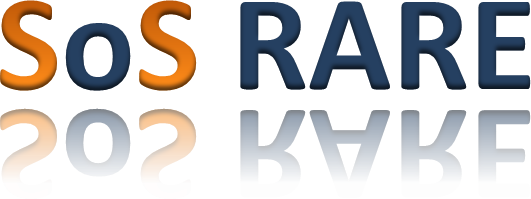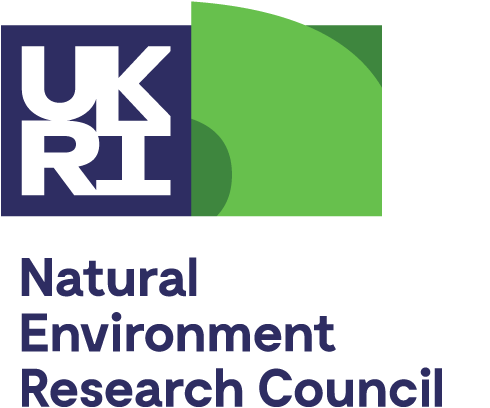SoSMinErals Summer School and Project Meeting in Leicester
Time really does fly, it has been over 6 months since all four SoS MinErals projects have been together in the same place. Last November we only had a couple of days to get a feel for what each project had planned, now at the week-long summer school there was more time to chat about the specifics of all the projects. There is a real mixed bag of researchers, from microbiologists to chemists and physicists (and of course geologists), the SoS MinErals projects are fantastic examples of interdisciplinary research and collaboration.
It was great hearing what all the PhD students have been up to since the launch event (stories of adventures in Cyprus and China certainly made me feel a little wanderlust!), but it was also nice to meet PhD students new to the projects who are beginning this September.
After arriving on Sunday afternoon we were greeted by drinks and nibbles and an engaging pre-dinner talk by Prof. Bruce Yardley. This set the trend for the rest of the week, interesting and useful talks and activities, interspersed with plenty of good food and chances to get to know everyone on the programme.
Monday's educational entertainment was a mini field trip to Gipsy Lane Quarry, an SSSI tucked away in an industrial estate in the centre of Leicester. The task was to set out an exploration plan for the site, this included discussing the types of geochemical and microbiological analysis that could be used and therefore the sampling procedure that would be implemented. It was definitely astonishing how careful microbiological sampling is with respect to the sterilisation of the sampling equipment. It made me very glad that for the next trip to Madagascar we have geomicrobiologist Dr Megan Barnett joining us to oversee the sampling for the microbiological aspect of the SoSRARE project!
The laboratory techniques workshop on Tuesday was a fantastic introduction to the uses and limitations of various geochemical and mineralogical techniques. Techniques covered included Microbeam, SEM, EDS, WDS and XRF analysis, as well as a look at sample preparation and the potential sources of contamination. This information is valuable for those of us who will be regularly using these techniques in our research. However, it also enables us to critically evaluate data from these analysis types quoted in literature from previous investigations.
Wednesday and Thursday were filled with media training and a workshop on using the 3D modelling software Micromine. I must say I never really appreciated how difficult it is to write a press release until trying to do so myself, however with a bit more practice and using the hints and tips provided by the University of Leicester writing them should get easier! The Micromine training was fantastic. For me I can see applications for it both as part of my PhD project and beyond. Learning software skills, such as Micromine, will set all of us well for careers in academia or industry. So thank you to Dr Dave Holwell (University of Leicester) for organising the training and to Clare Kelly (Micromine Senior Geologist) for coming to Leicester to run the sessions.
Investigators and postdoctoral researchers from all the projects arrived on Thursday for project meetings on Thursday and Friday. After dinner on Thursday it was time for the poster session, this provided a splendid opportunity to discuss individual projects with a range of researchers. These discussions definitely gave me a few ideas about aspects of my research that need pursuing further. On the Friday, all the project teams got together to hear highlights of the research so far. For SoS RARE, Frances Wall presented an update on the ongoing work on REE mobilisation in carbonatites; Kathryn Goodenough and Martin Smith talked about our natural laboratory for easily leachable REE deposits in Madagascar; and Rob Pell outlined results of his initial life cycle assessments for two REE deposits in carbonatites. It was really useful to get a picture of the variety of work being carried out across all the projects.
Thank you to the TeaSe team at Leicester for organising such a varied and enjoyable summer school. I am looking forward to the next, which will be hosted by CoG3 at the Natural History Museum, although I don't envy them having to match this summer school... let's just say the bar has been set quite high!
Eva Marquis, 7 July 2016






